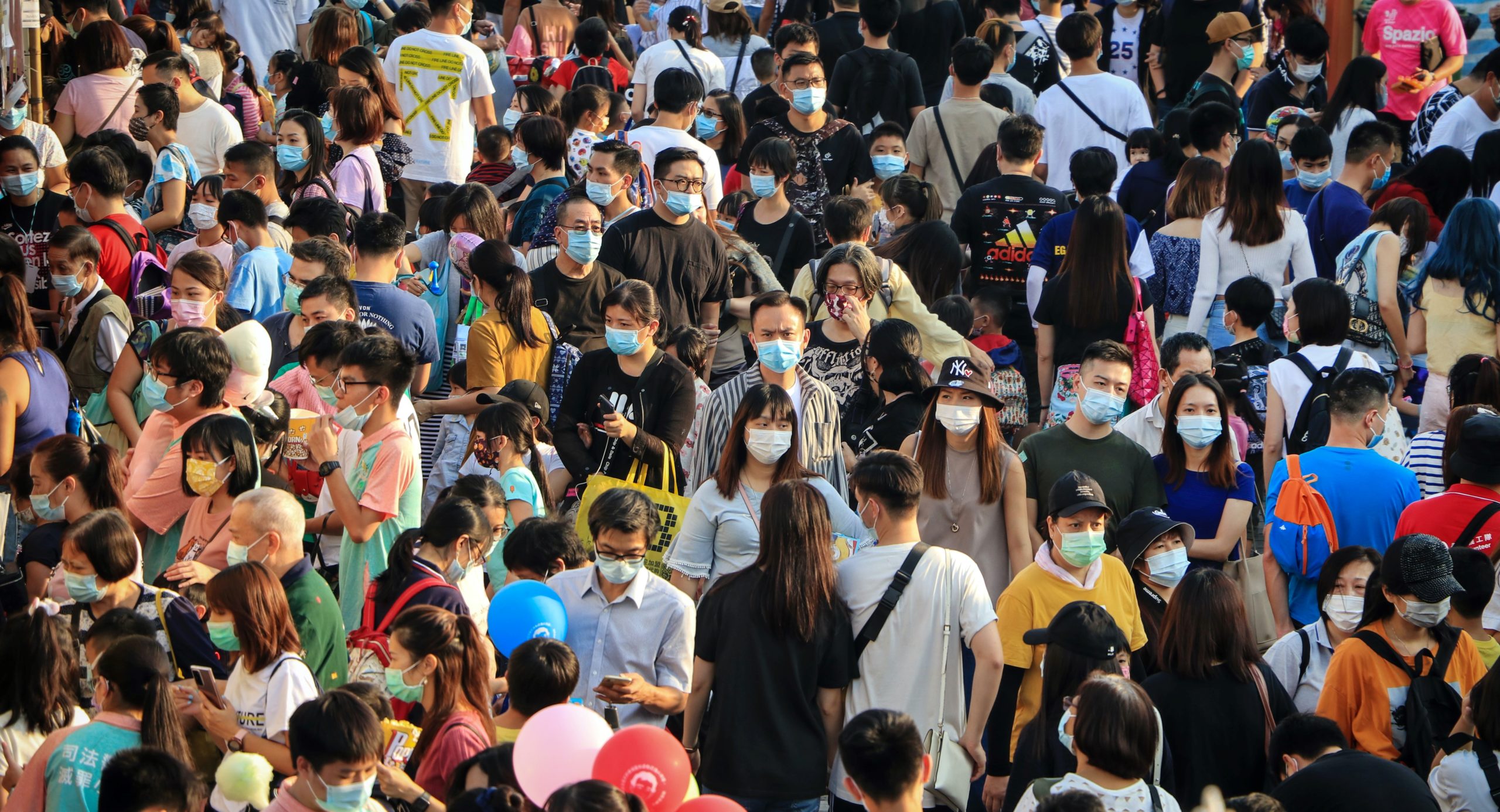Herd immunity is a form of indirect protection created to prevent the spread of infectious disease, by creating high proportions of immunity. The spread of disease through a population can be reduced through vaccination, or high rates of infection where a sufficient proportion of the population becomes immune as a result. This means that the disease cannot infect as many people, which thus reduces its transmissibility and diminishes the likelihood of infection in individuals who do not have immunity. Once the disease threshold has been reached, the infection becomes progressively less prevalent within the population and eventually disappears.
This is herd immunity, and it is a crucial form of protection for individuals who cannot acquire immunity for medical reasons – for example immunosuppression – although the concept only applies to contagious diseases transmitted person-to-person.
Herd immunity for COVID-19 would effectively protect vulnerable people who have not had a vaccine, and help to reduce the circulation of the virus within the population. For herd immunity to be achieved it is estimated that between 70% and 85% of the population would need to be infected to provide substantial protection. However, it is uncertain whether herd immunity to one strain of the virus will create immunity to new viral strains since the antigens vary. A vaccine is therefore required to provide immunity to multiple strains.
There is, however, significant argument against herd immunity as a mechanism to eliminate COVID-19, since exposure of a large proportion of the low-risk population would also increase the likelihood of contraction amongst high-risk individuals.
By Rachel Murray
Image: Unsplash

